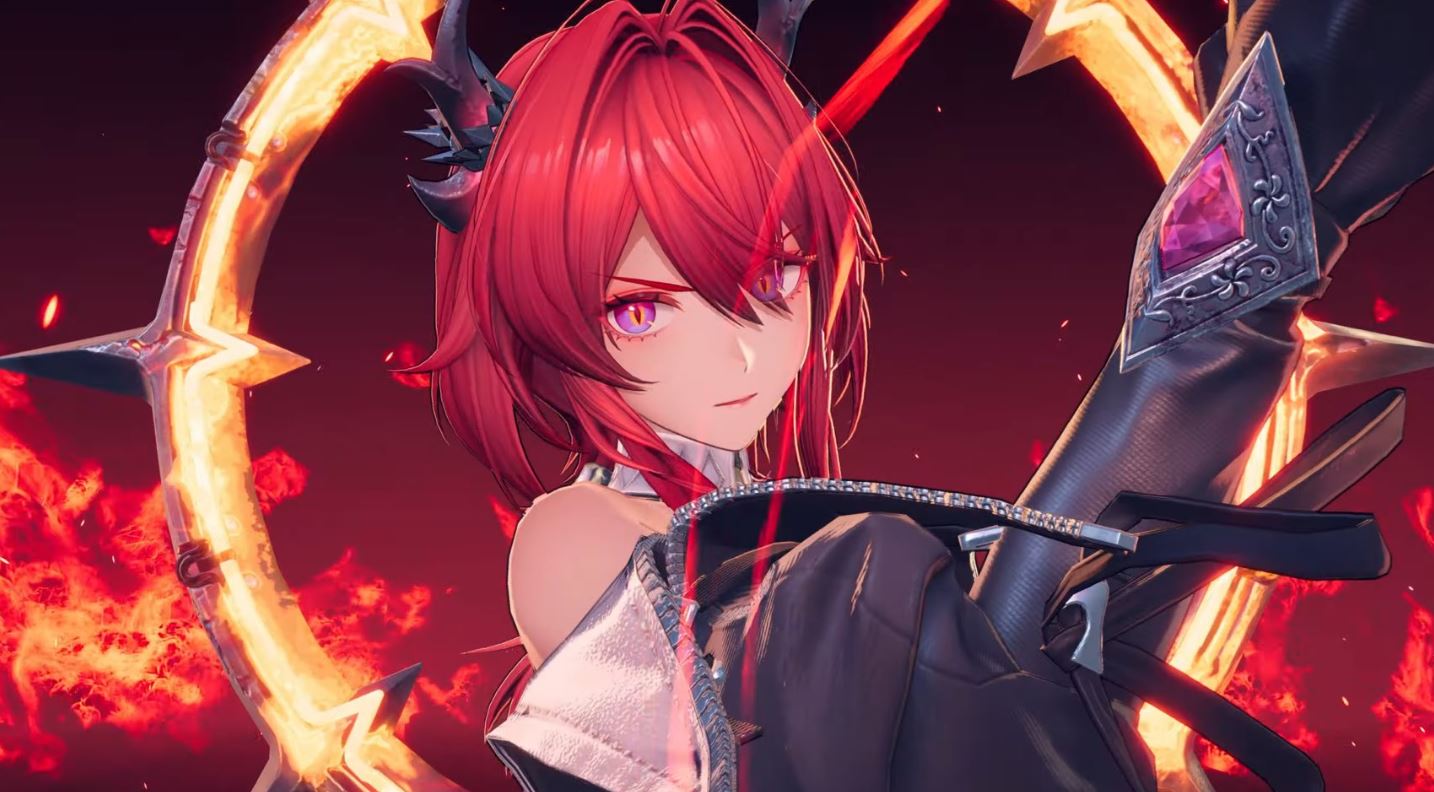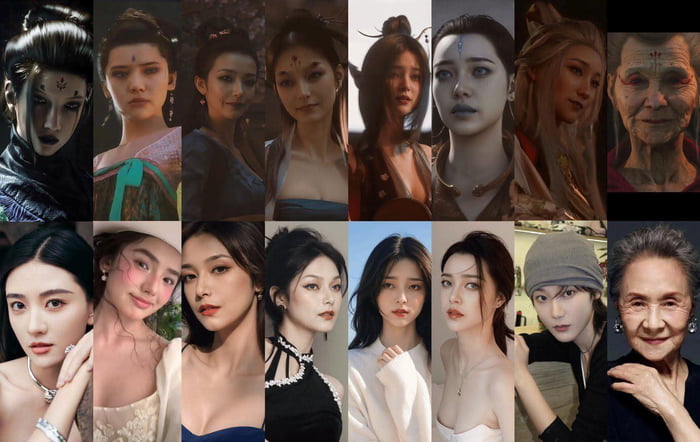Thick Thighs Save Lives
NeoGAF's Physical Games Advocate Extraordinaire

Increasingly polished games with higher production values have been coming out of China in recent years, and this increase in quality has sparked discussion amongst Japanese game developers. Some industry professionals think that such Chinese games are gradually becoming superior to Japanese titles in certain respects, such as animation. They suggest that issues affecting Japanese game development (like lower production budgets and animator shortages) may be hindering Japanese titles’ competitiveness.
Please note that this article is predominantly about both countries’ mobile/gacha game scenes.
This whole discussion was triggered by a viral clip of the upcoming base-building RPG Arknights: Endfield. Developed by Shanghai-based game company Hypergryph, the 3D open-world gacha game will be joining the ranks of Genshin Impact, Wuthering Waves and Zenless Zone Zero with its beautiful anime graphics and bouncy animation.
The clip in question (below), which has been viewed over 6.9 million times at the time of writing, showcases the moveset of Yvonne, one of the characters appearing in Arknights: Endfield. Japanese users expressed astonishment at the fluidity of the animation, especially the way it conveys the character’s personality and the overall attention to detail.
Moreover, comparisons were not only made by gamers, but by industry professionals too. Alwei, representative of Indie-Us Games, a Japanese company specializing in Unreal Engine development, made the following comment:
“When I look at this, I feel like the biggest difference between recent Chinese games and domestic (Japanese) games doesn’t lie in the graphics, but in the animation. And it’s not just the way the characters move – it’s the physics, the camera work, and the way it guides the viewer’s line of sight. Every aspect of the animation is far superior to that of domestic games.”
In the continuation of his thread, Alwei goes on to highlight some legitimate obstacles that make it difficult for Japanese developers to step up their game, such as the worsening shortage of animators. According to the developer, skilled animators are such a rare resource in the Japanese industry that it’s not just companies fighting over them, but different departments within companies grappling to get animators on their projects.
Another issue is the pressure to minimize production costs. The need to keep animation costs as low as possible means that Japanese developers must resort to using generic motions and motion capture. Reflecting on these circumstances, Alwei comments, “It remains to be seen to what extent Japanese games will be able to compete, considering that China will continue to produce highly polished animation at this level.”
A Japanese animator working in the game industry echoed these sentiments, commenting, “This is something I’ve felt strongly about in recent years.” They emphasize that it’s not just a matter of Chinese games having a bigger budget than Japanese games, but about how this budget is allocated too. “I think that in Japan, people tend to place more importance on looks, as it’s an easy way to boost the appeal of the game.” The artist notes that even with the same budget available, it would be extremely difficult to gather enough skilled animators to produce such large volumes of elaborate animations in Japan.
In response to this exchange, Japanese illustrator and animator Shiba_29, who has experience working with Chinese game companies, offered insight into how the situation looks from the other side. “If you’ve been involved in Chinese game projects, you’ll know that they use 10x more money and manpower than Japan – the scale is incomparable. If you knew the actual numbers, you’d be astonished. It’s not the kind of budget that can be recovered with a couple of hundred of million (yen) in launch day revenue.”
Shiba_29 notes that the sheer scale of investment they’ve witnessed in Chinese game development “would be impossible to pull off on a Japanese project.” On a separate note, they mention that in their experience, the development environment in China is a lot more “free-spirited” than in Japan. Creators come up with “crazy” on-the-spot ideas that “would never get approved in Japan,” which, in the animator’s opinion, likely contributes to their work being more expressive.

“If you’ve worked on a Chinese game, you’ll know production scale is on a whole other level” Japanese devs discuss growing quality of Chinese games - AUTOMATON WEST
Japanese game developers discuss growing quality of Chinese mobile and gacha games and how they compare to domestic games.
 automaton-media.com
automaton-media.com





